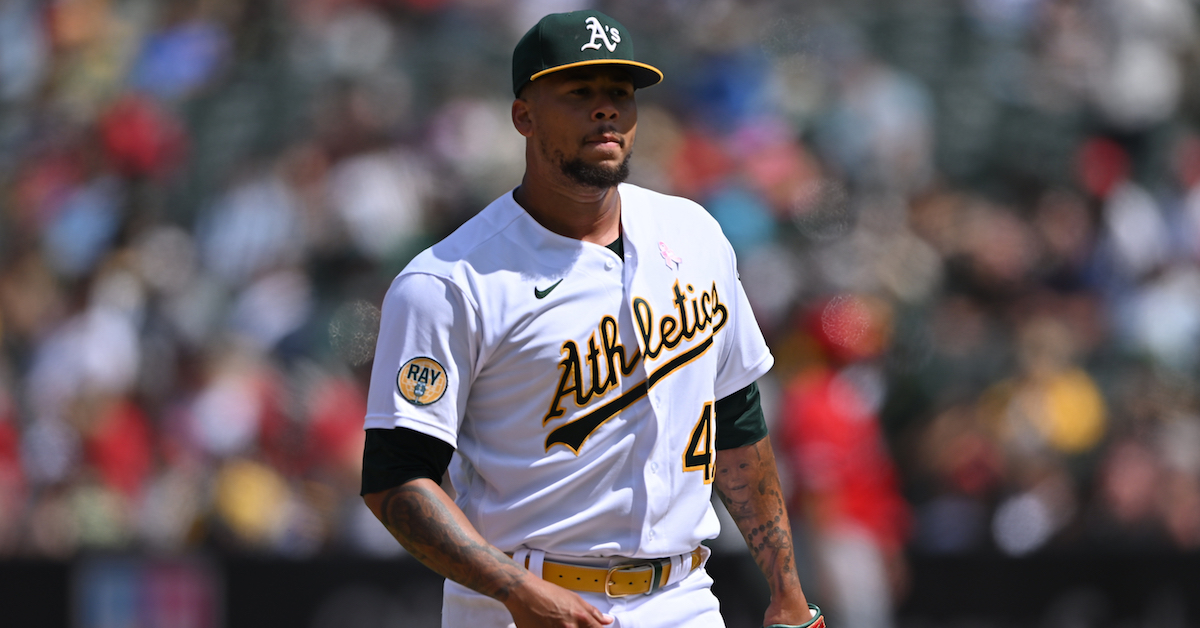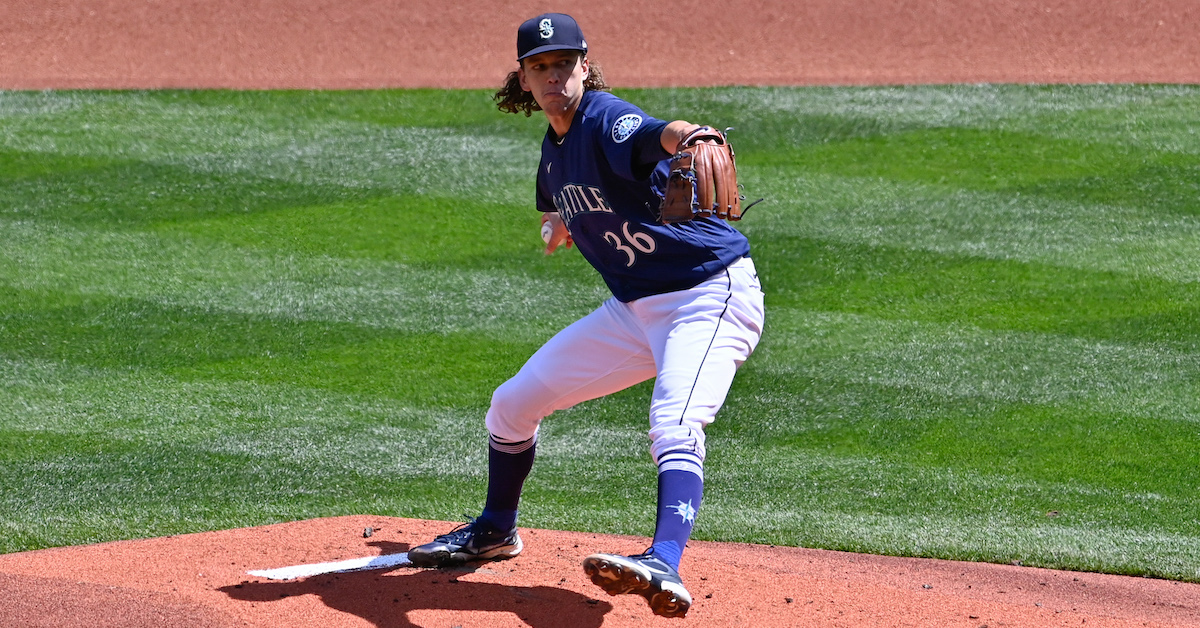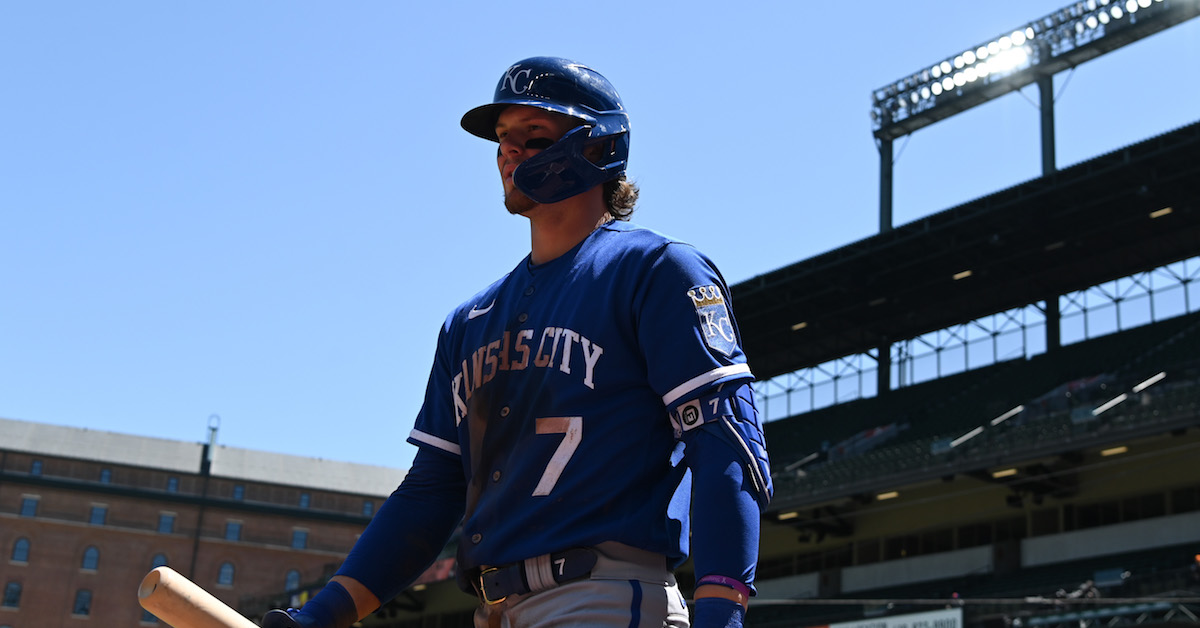Sunday Notes: Orioles Hitting Coach Ryan Fuller Loves Books (and Follows Soccer)
Ryan Fuller taught high school English in Higganum, Connecticut for four years before becoming the hitting coach of the Baltimore Orioles. An infielder at the University of Connecticut before spending a year in the Arizona Diamondbacks system, the 32-year-old Fuller went on to earn a Master’s degree in Education from the University of New Haven. Books, and the lessons they provide, remain a big part of his life.
Asked about his favorites to teach, Fuller began with Harper Lee’s “To Kill a Mockingbird.”
“That was a big one for me in 10th-grade honors,” said Fuller, who has tutored hitters at different levels for over a decade. “From a morality standpoint, there are so many things that I connect with. Kids love reading the book and being able to tie it in with what it means to be a good person. They think about other people — about walking in their shoes, as Atticus put it —and the values and morals are still the same today.”
Fuller cited Shakespeare’s “Romeo and Juliet,” F. Scott Fitzgerald’s “The Great Gatsby,” and Stephen Crane’s “The Red Badge of Courage” as other books he’s seen impact specific age groups in particular ways. The lessons are analogous to his current job.
“It’s kind of the same thing we’re doing with our hitters,” explained Fuller, who is well-schooled in hitting analytics. “We’re taking sometimes complex, abstract things that maybe the hitters aren’t really grasping, and turning them into something tangible. They’ll say, ‘Oh, man, that makes sense.” That’s what I enjoy most about being a teacher.” Read the rest of this entry »







